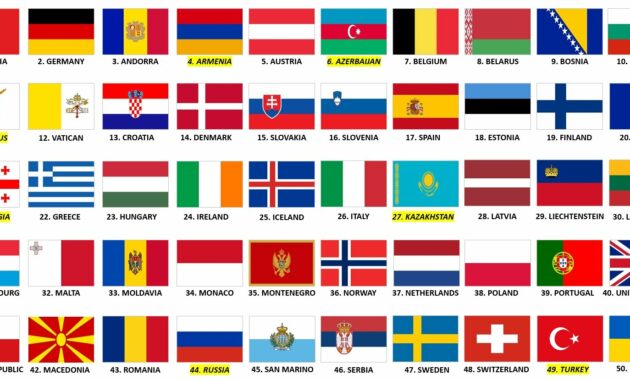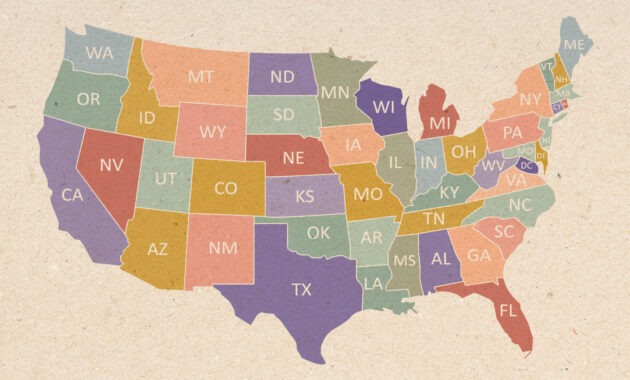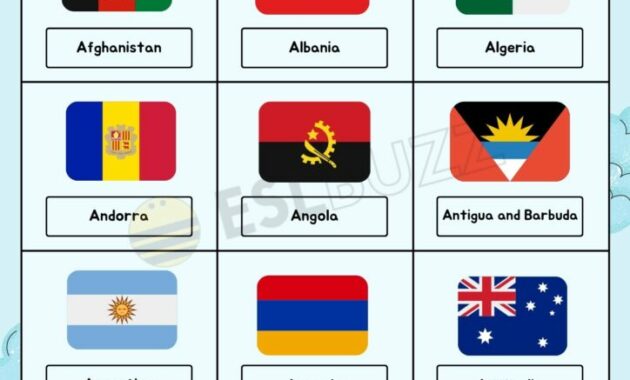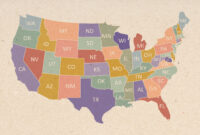Ah, welcome, welcome! Let us delve into a fascinating subject today: the vibrant tapestry of Europe, as seen through the colorful lens of its flags. Europe, a continent steeped in history, culture, and breathtaking landscapes, presents a mesmerizing diversity. Each flag, a carefully woven symbol, tells a story of its nation’s past, its present aspirations, and its unique identity. We embark on a journey, not just to observe these flags, but to appreciate the stories they whisper and the values they represent.
The Flags of Europe: A Visual Symphony

Observe this image, a tableau vivant if you will. A collection of European flags, presented alongside the tools of creation – pencils and markers. This speaks to the artistic nature inherent in the very concept of a flag. It is a deliberate act of design, a carefully considered composition of colors and symbols intended to evoke a sense of national pride and belonging. Consider the sheer variety! From the simple yet powerful tricolors to the more complex emblems and heraldic designs, each flag is a unique piece of art in its own right.
Let’s begin with the classics, the flags that are instantly recognizable and deeply embedded in the collective consciousness. The French Tricolore, with its bold vertical stripes of blue, white, and red, embodies the ideals of liberty, equality, and fraternity. These principles, born from the French Revolution, have resonated across the globe, inspiring movements for freedom and self-determination. The German flag, a horizontal tricolor of black, red, and gold, represents the unity and freedom of the German people. Its colors, derived from the uniforms of the Lützow Free Corps during the Napoleonic Wars, symbolize sacrifice and resilience in the face of adversity.
Then there’s the Union Jack, the flag of the United Kingdom, a complex and layered symbol that reflects the union of England, Scotland, and Ireland. Its intricate design, incorporating the crosses of St. George, St. Andrew, and St. Patrick, speaks to the rich and often tumultuous history of the British Isles. The Italian flag, another vertical tricolor of green, white, and red, is a symbol of Italian unity and national pride. Its colors are said to represent hope, faith, and charity, though the exact origins of their selection remain a subject of debate.
Moving eastward, we encounter the flags of Eastern Europe, each bearing the marks of a history shaped by empires, wars, and the struggle for national independence. The Polish flag, a simple yet striking horizontal bicolour of white and red, represents the nation’s spirit and resilience. The white symbolizes purity and hope, while the red represents courage and sacrifice. The Czech flag, with its horizontal stripes of white and red and its blue triangle on the hoist side, is a symbol of Czech national identity and pride. Its colors are derived from the historical coat of arms of Bohemia.
Consider also the flags of the Nordic countries, characterized by their distinctive Nordic Cross designs. The Swedish flag, with its blue field and yellow cross, is a symbol of Swedish history and culture. The Danish flag, known as the Dannebrog, is considered to be one of the oldest national flags in the world. Its white cross on a red field is a symbol of Danish national identity and Christian faith. The Norwegian flag, with its red, white, and blue Nordic cross, represents Norwegian independence and national pride. Its colors are a deliberate tribute to the flags of France and the United States, countries that inspired Norway’s struggle for self-determination.
The flags of the Balkan countries, a region marked by its complex history and diverse cultural influences, present a fascinating array of designs. The Serbian flag, with its horizontal stripes of red, blue, and white, and its coat of arms featuring the double-headed eagle, is a symbol of Serbian national identity and pride. The Croatian flag, with its horizontal stripes of red, white, and blue, and its coat of arms featuring the checkerboard pattern, is a symbol of Croatian history and culture. The Bulgarian flag, with its horizontal stripes of white, green, and red, represents peace, prosperity, and courage.
Even the smaller nations of Europe, countries often overlooked in the grand narratives of history, possess flags that are rich in symbolism and meaning. The flag of Liechtenstein, with its horizontal stripes of blue and red and its golden crown in the canton, represents the sovereignty and independence of the principality. The flag of Monaco, with its horizontal stripes of red and white, is a simple yet elegant symbol of the principality’s national identity. The flag of San Marino, with its horizontal stripes of white and light blue and its coat of arms featuring the three towers, represents the independence and freedom of the world’s oldest republic.
A Closer Look at European Flags: Details and Symbolism

This second image provides a more direct and organized presentation of the flags themselves. It allows for a closer examination of the specific colors, proportions, and emblems that distinguish each national banner. Notice the subtle variations in the shades of red, blue, and green used across different flags. These nuances, often overlooked, can be significant indicators of national identity and historical context. Furthermore, pay attention to the placement and design of the national emblems, coats of arms, and other symbols that adorn many European flags. These elements often hold deep historical and cultural significance, providing clues to a nation’s past and its aspirations for the future.
Consider, for example, the flags that incorporate stars into their design. The flag of the European Union, with its circle of twelve gold stars on a blue field, represents the unity, solidarity, and harmony among the peoples of Europe. The stars, symbolizing perfection, completeness, and unity, are a powerful reminder of the shared values and aspirations that bind the member states together. The flag of Bosnia and Herzegovina, with its yellow triangle, white stars, and blue field, represents the country’s diverse ethnic groups and its aspirations for a peaceful and prosperous future. The stars, symbolizing Europe, are a reminder of Bosnia and Herzegovina’s commitment to integration with the rest of the continent.
Examine the flags that incorporate heraldic symbols, such as eagles, lions, and crosses. The Albanian flag, with its double-headed eagle on a red field, is a symbol of Albanian national identity and pride. The eagle, a symbol of strength and power, represents the courage and resilience of the Albanian people. The Spanish flag, with its red and yellow stripes and its coat of arms featuring the symbols of the kingdoms of Castile, León, Aragon, and Navarre, is a symbol of Spanish history and unity. The coat of arms, representing the diverse regions that make up Spain, is a reminder of the country’s rich and complex heritage.
The colors themselves often carry profound meaning. Blue, for example, is frequently associated with freedom, peace, and justice. Red often symbolizes courage, sacrifice, and revolution. White can represent purity, innocence, and hope. Green is often associated with nature, prosperity, and fertility. The specific interpretation of these colors, however, can vary from country to country, reflecting the unique cultural and historical context of each nation.
Beyond the symbolism, the flags of Europe are also testaments to the power of design. The simplicity and elegance of some flags, such as the Danish Dannebrog or the Monegasque flag, are a testament to the enduring appeal of minimalist design. The complexity and detail of other flags, such as the British Union Jack or the Spanish flag, are a testament to the richness and complexity of national identity. Each flag, regardless of its design complexity, is a carefully crafted symbol that embodies the spirit and values of the nation it represents.
In conclusion, the flags of Europe are more than just pieces of cloth. They are powerful symbols that embody the history, culture, and aspirations of the nations they represent. By studying these flags, we can gain a deeper understanding of the rich and diverse tapestry of Europe and its place in the world. They are a constant reminder of the shared values and aspirations that bind the continent together, even amidst its many differences. So, let us appreciate these vibrant symbols, not just for their aesthetic beauty, but for the stories they tell and the values they represent. They are a window into the soul of Europe, a glimpse into the heart of its nations.
If you are searching about Europe Countries Flags Embroidery | Embroidery Shops you’ve came to the right page. We have 5 Pictures about Europe Countries Flags Embroidery | Embroidery Shops like Europe countries flags. Flags of countries in Europe. 13709697 Vector, Europe countries flags. Square flags of countries in Europe. 13709839 and also a poster with the flags of europe on it next to some pencils and markers. Here you go:
Europe Countries Flags Embroidery | Embroidery Shops
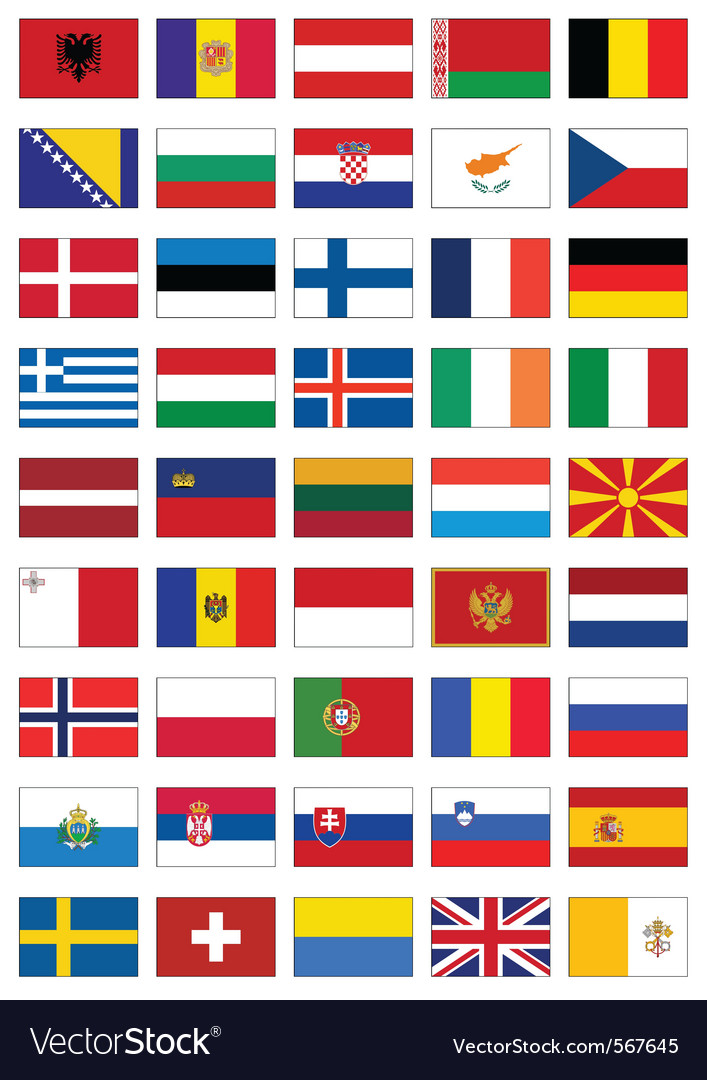
embroideryshops.pages.dev
Europe Countries Flags. Flags Of Countries In Europe. 13709697 Vector

www.vecteezy.com
Europe Countries Flags. Square Flags Of Countries In Europe. 13709839
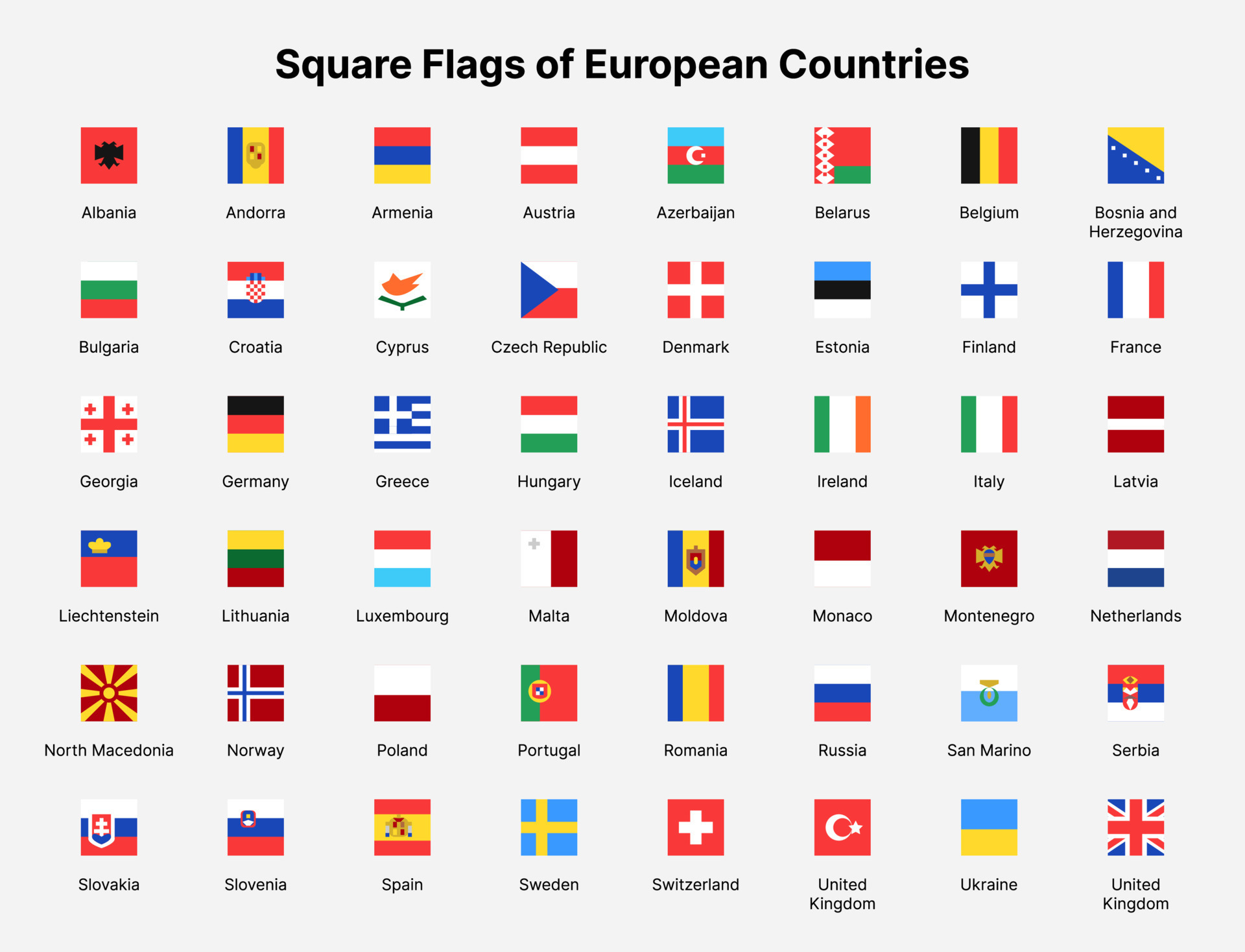
www.vecteezy.com
A Poster With The Flags Of Europe On It Next To Some Pencils And Markers

www.pinterest.com
Flags Of The Countries Of Europe – Learner Trip
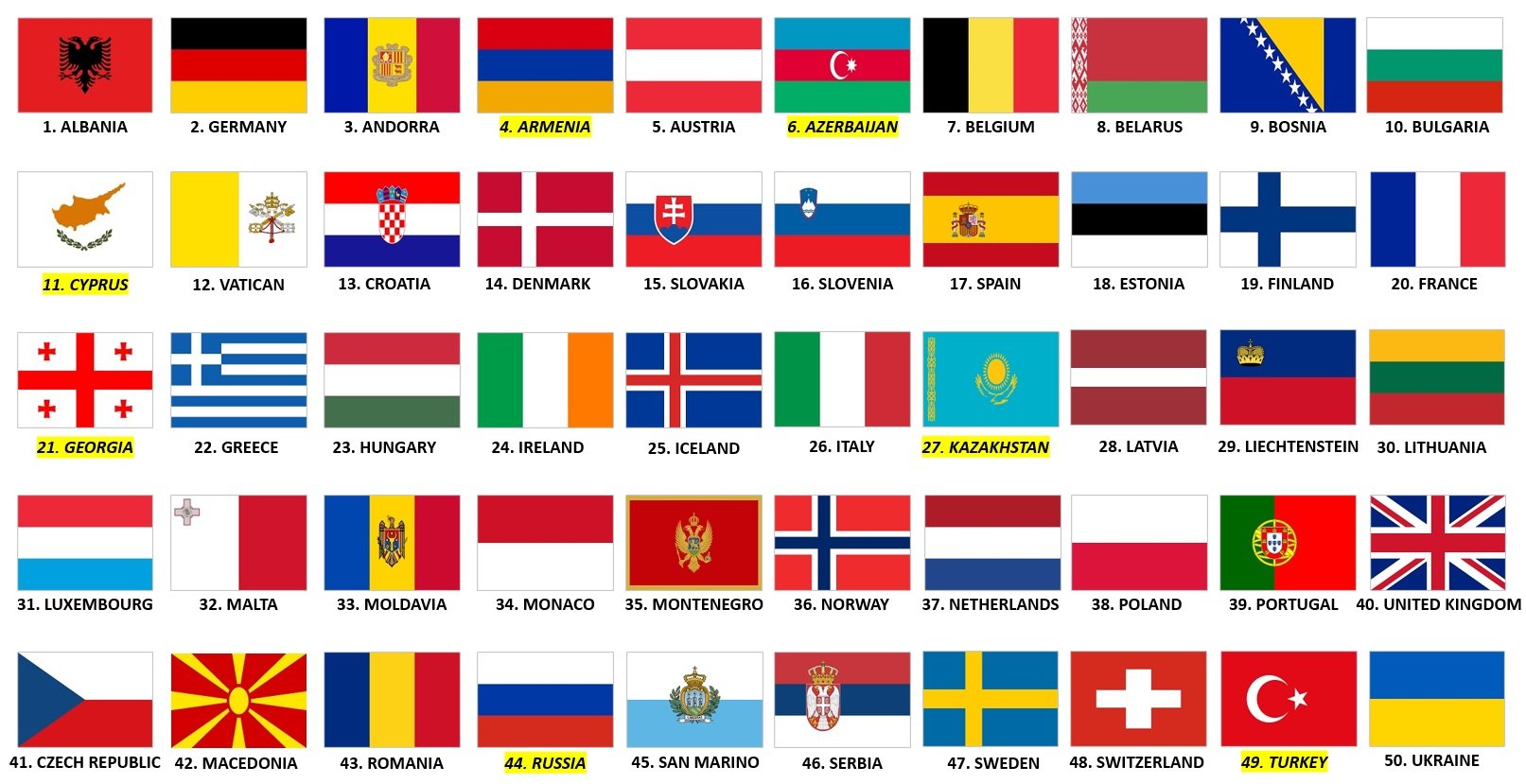
learnertrip.com
A poster with the flags of europe on it next to some pencils and markers. Europe countries flags embroidery. Europe countries flags. square flags of countries in europe. 13709839



